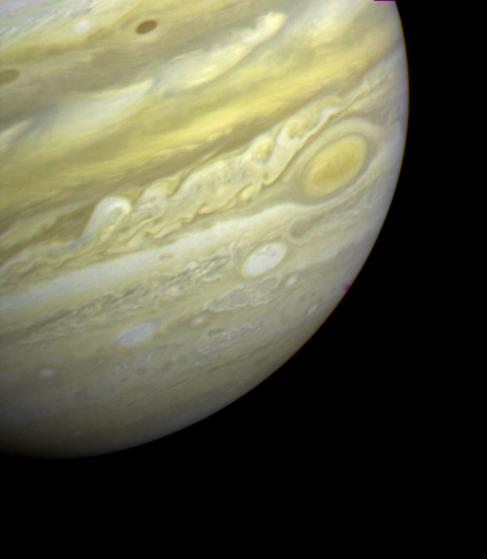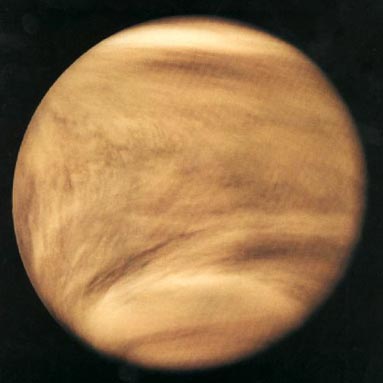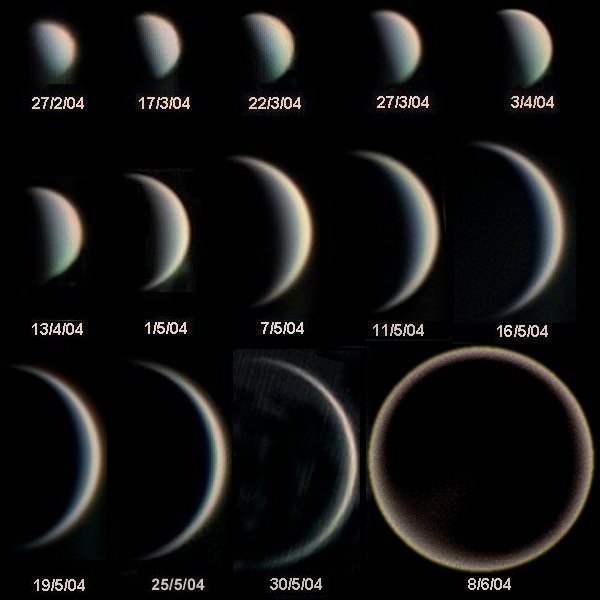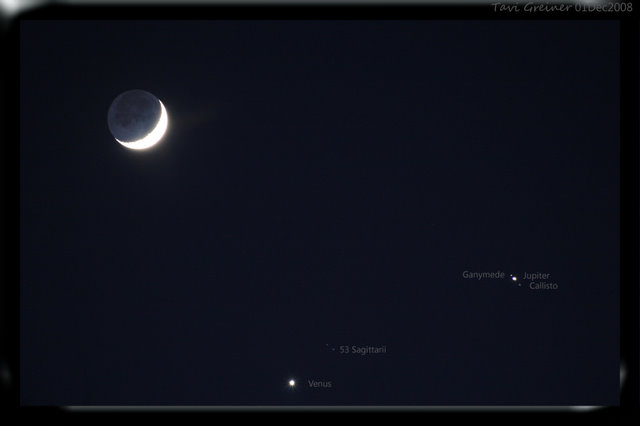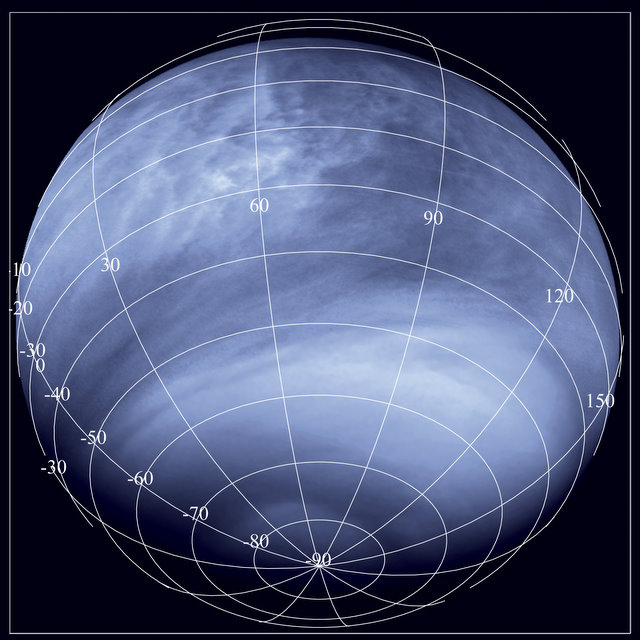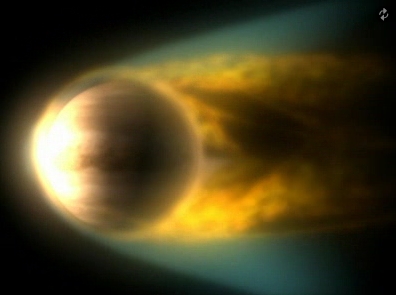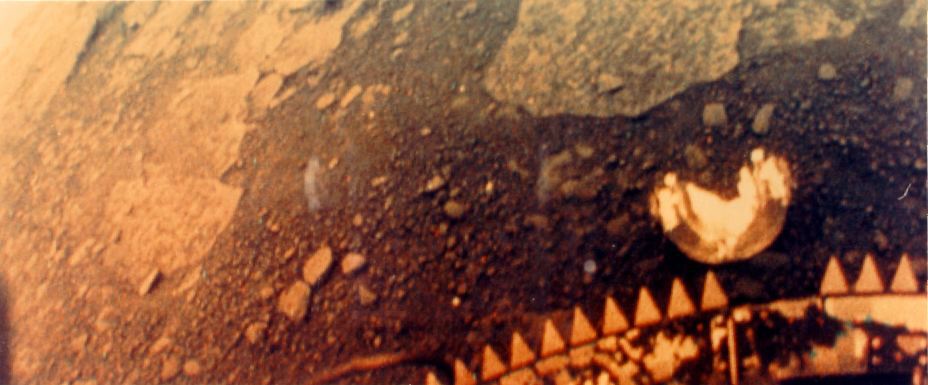[/caption]
After a day of crazy traveling through a Vancouver blizzard I’m now having my first full day down at the American Astronomical Society Meeting in Long Beach, California. As you’ve probably read, Ian’s here with me and Nancy’s supporting us back at Atkinson HQ.
My last AAS meeting was a year ago. It was fun but a really frustrating experience. I spent the whole conference sitting in the press room, pounding out stories based on press releases released at the conference. I was writing 10-12 stories a day, but there was a terrible irony. I was doing work I could have done from home, without even attending the convention. In fact, I got so busy working on articles that I didn’t even bother going to the press conferences at all. And the whole point of attending a convention like this is to meet with people, to find the news that you just can’t find anywhere else.
I think we’ve learned our lesson this time around. Nancy’s running the news release side of things back at Atkinson HQ, and Ian and I will be searching for original, unreported news. We’re attending the oral sessions, sitting in on the town hall meetings, and walking the isles to see all the poster sessions. We’re playing with Microsoft’s World Wide Telescope, learning more about Google Sky, and reporting on the launch of the 2009 International Year of Astronomy.
We’re going to be gathering news and contacts, and we’ll be reporting as much as we can. Of course, gathering (sitting and listening to speakers) and reporting (getting the info out to you) are mutually exclusive – you can’t report while you’re gathering, and vice versa. So it might be that the news trickles out after the conference.
A big thanks to Pamela Gay for coordinating our visit and finding hotel space for us – we couldn’t be here without that. Thanks to Scott Miller at Astronomy Cast for doing the live video feeds of the press conferences. Make sure you check them out.


